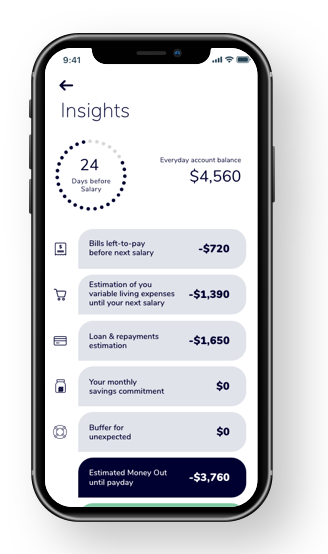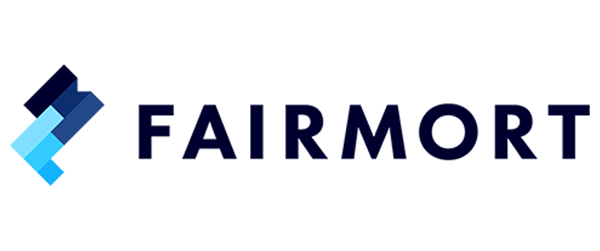Surprising, but real - Internet-based activity is not the preserve of the young " electronic citizen" generation alone. A 2008 survey says that Generation X (those born between 1965 and 1976) makes use of Internet banking significantly greater than any other market sector, with two thirds of Internet users in this age banking online.
Gen X users have likewise professed their preference for applications such as Facebook, to share, link as well as belong to a bigger neighborhood.
This is some paradox in this, since electronic banking, as we understand it today, uses marginal interactivity. Unlike in a branch, where the comfort of two way interaction helps with the consummation of a range of transactions, the one method road of e-banking has actually just managed to make it possible for the much more regular jobs, such as balance query or funds transfer.
It's not difficult to put two and two together. A clear opportunity exists for financial institutions that can change today's passive Electronic banking offering into one that supplies a extra prevalent and also interactive customer experience.
It is therefore imperative that banks change their on-line offering, such that it matches the new expectations of customers. Furthermore, Electronic banking need to trip to preferred on the internet client hangouts, as opposed to wait on consumers to come to it.
There are clear signs that the shift in the direction of a "next generation" online banking atmosphere has actually currently been propelled. It is just a issue of time prior to these patterns end up being the standard.
Leveraging of Social Networks
Ahead assuming financial institutions are leveraging existing social media networks on exterior sites to enhance their exposure amongst interested groups. They are additionally deploying social software modern technology by themselves websites to engage the same areas in 2 method discussions. Thus, their Electronic banking has assumed a much more prevalent personality - consumers are engaging with the bank, along with its products and services also when they're not in fact transacting online.

Heightened presence apart, financial institutions can acquire significant customer understanding from such unstructured, informal communications. For instance, a discussion on the uncertain monetary future amongst a team of 18 to 25 years of age could be a signal to financial institutions to provide long-term financial investment products to a sector that was formerly ruled out a target. Going one step further, a positive buzz around a freshly released service can develop valuable word-of-mouth advertising for the business.
Collaborating through Internet 2.0
The collaborative element of Web 2.0 applications has actually enabled financial institutions to draw clients inside their fold more than ever previously. Conventional techniques such as focus group discussions or marketing research suffer from the drawbacks of high price, minimal extent as well as possibility to introduce predisposition. Comments types just work as a post-mortem. In contrast, Internet 2.0 has the capability to bring a huge target market along right from the start, as well as continue to do so constantly. Therefore, an interested neighborhood of leads and also clients join co-creating product or services which can satisfy their assumptions.
The ubiquity of Web 2.0 enables distribution of e-banking across multiple online areas and also online gizmos such as Yahoo!Widgets, Windows Live or the apple iphone. This implies future generation online banking consumers will certainly take pleasure in heightened gain access to and also ease
A New York based firm of experts discovered that 15% of the 70 banks tracked by them had actually taken on Web 2.0, a number of them having actually done so within the last 12 months.
Criterion Chartered Teller connect with their colleagues via Facebook and use the platform to share expertise, clear up concerns and participate in discussions on recurring business tasks.
Bank of America, Wachovia Bank as well as Republic Lending institution have actually built a visibility within interactive media to develop recognition and maintain a dialogue with interested areas. They have utilized a range of approaches, ranging from producing YouTube areas to introducing projects on Current TV, a channel in which visitors establish content.
Personalisation of Online Banking
Vanilla e-banking splits clients into very large, heterogeneous teams - typically, corporate, retail or SME, with one type of Internet banking web page for each. That's in sharp opposition to exactly how banking organisations would like to view their clients. Financial institutions are relocating in the direction of customer-specificity, almost seeing each client as a " section of one", throughout various other networks, as well as online banking is set to follow suit. For instance, a particular home page for home mortgage clients and another for private banking clients can well be a possibility in future.
Interestingly, National Bank of Kuwait had the insight to do this a number of years ago - they enabled customers to identify which products they would certainly see and also access, and were compensated with a significant rise in on the internet deals.
Cash Screen from Yes Financial institution allows customers to choose their touchdown page - for instance, they can establish "all deals", " total assets" or " profile" as their default view. Other features include the capacity to categorise transactions as per clients' comfort and the printing of personalized reports.
Empowerment Online
Definite, Electronic banking has developed a extra educated, empowered course of clients. This is readied to climb to the following level once customers are enabled to proactively take part in much more transaction-related procedures. The Web has actually currently made it feasible for consumers to contrast item financing offerings, imitate economic situations and also layout customized retired life profiles. Going forward, they would certainly have the ability to consummate relevant deals - which implies, after comparing interest rates, they could originate a lending online, and also as soon as protected, they can start to settle it online too.
Portalisation
The introduction of Web 2.0 innovation coupled with financial institutions' desire to customise their e-banking far and away is most likely to result in "portalisation" of Internet banking. The suggestion of financial consumers being able to produce their very own rooms online, full of all that relates to them, is not that unlikely. Customers can customise their Electronic banking web page to show the settings of numerous accounts throughout different banks; they can include their credit card information, register for their preferred monetary news, settle their physical properties position, share their experiences with a team and also do more - all from one "place".
Money Monitor allows consumers to include numerous "accounts" (from a option of 9,000) to sandstone.com.au/en-au/lara their web page. Accounts could be savings or loan accounts with major Indian banks, or those with energies service providers, credit card business, brokerage companies as well as also frequent leaflet programs. Customers can customise their web pages as defined earlier.

As banks look for to develop their Internet banking vision for the future, in parallel, they will likewise require to deal with the key issues of safety as well as "due defence". While it is every marketing expert's dream to have consumers function as ambassadors, sufficient preventative measure needs to be required to stop the proliferation of malicious or spurious attention. For that reason, before an person is permitted to take part in a networking forum, he or she need to have developed a beneficial record with the financial institution. The specific must be a recognized customer of the bank, having actually used a minimal number of products over a practical length of time. Qualitative info concerning the individual's communication with the bank's assistance personnel ( as an example frequency and type of telephone calls made to their telephone call centre, result of such communication and more) might be very useful in profiling the " ideal" kind of customer that can be recruited as a possible supporter.
Collective Internet 2.0 applications might demand opening banks' internet sites to outdoors innovation and info exchange with 3rd party sites, increasing the specter of information and framework safety. A durable mechanism of checks and balances must be built to make certain that the 3rd party websites are secure, appropriately accredited and also position no hazard to the house financial institutions' websites. Furthermore, prior to a 3rd party widget is allowed to be brought on to a site, it should have passed through strict safety and security control.
Due persistance needs to be worked out before permitting individuals to put a web link to one more site to defend against the opportunity of unintended download of destructive software, which could, in the most awful situation, also lead to phishing originating from the banks' websites.
It is similarly essential for a bank to guard its consumers versus intrusion of privacy, data burglary or abuse. The idea of portalisation imagines deploying innovation to bring details from other banks' or economic service providers' websites into the home bank's website. The residence bank need to make certain that its consumers' individual or transaction relevant info, which may be shown the other providers, is not prone to leak or straight-out misuse.
Banks will certainly succeed to partner with an Electronic banking solution carrier which has not just the proficiency to translate their vision into a cutting side e-banking experience for the user, but additionally the foresight to define borders for safety. With safety and security issues properly resolved, future generation Internet banking contains exciting opportunities. Banks that seize the opportunity might discover that Electronic banking can come to be a method of distinguishing themselves from rivals, as opposed to a plain price reducing tool. Plainly, offering a much more effective and also interactive e-banking experience, is the means forward.